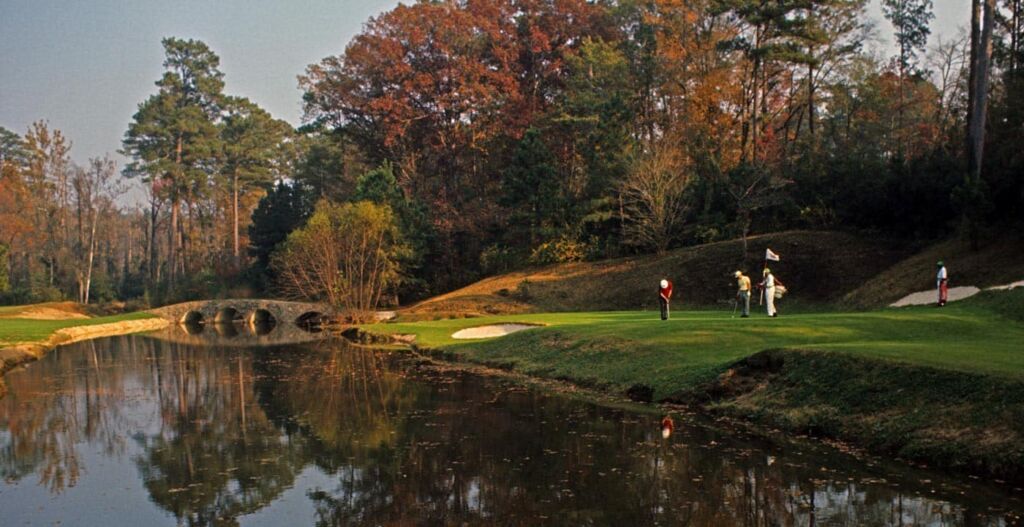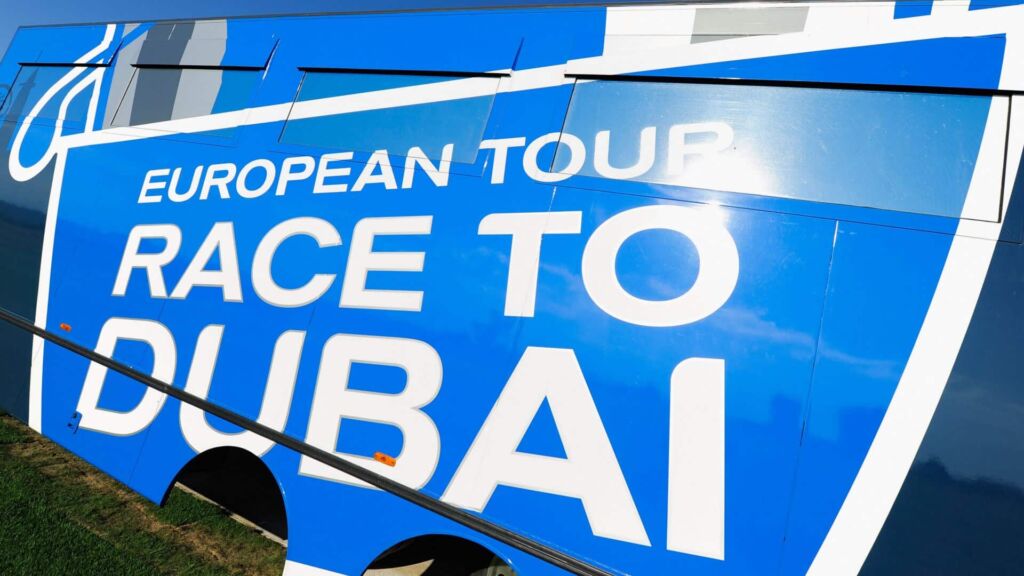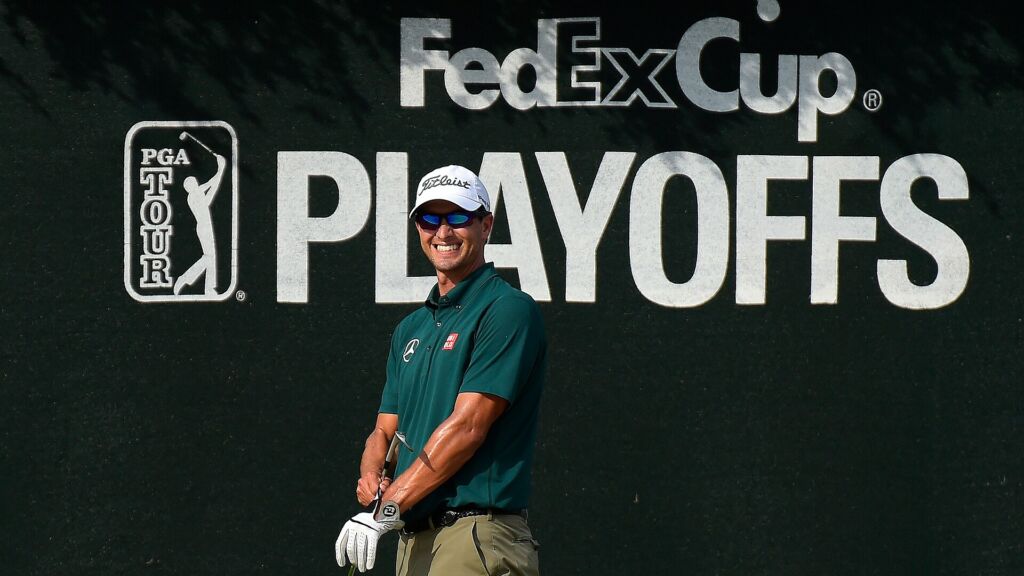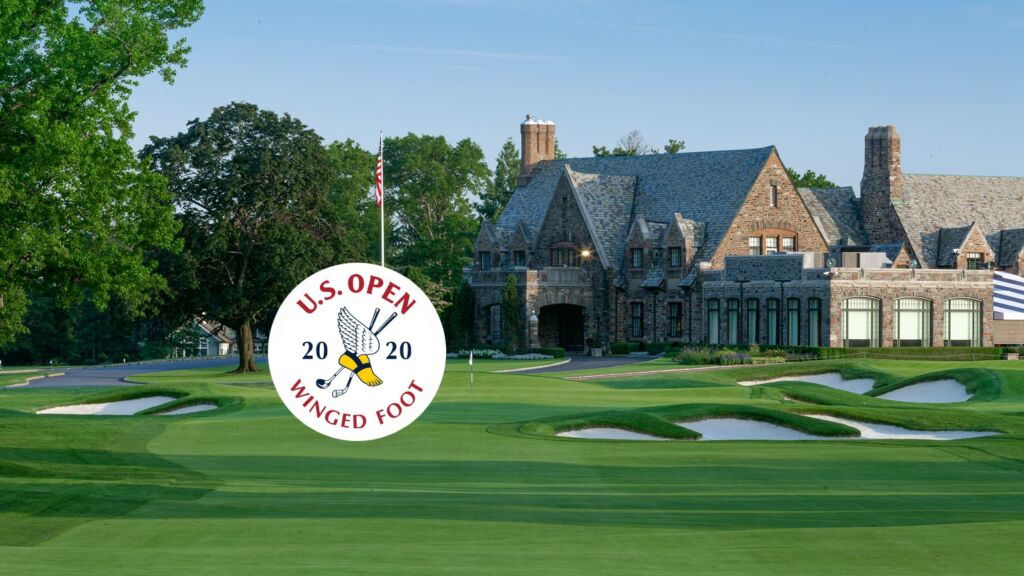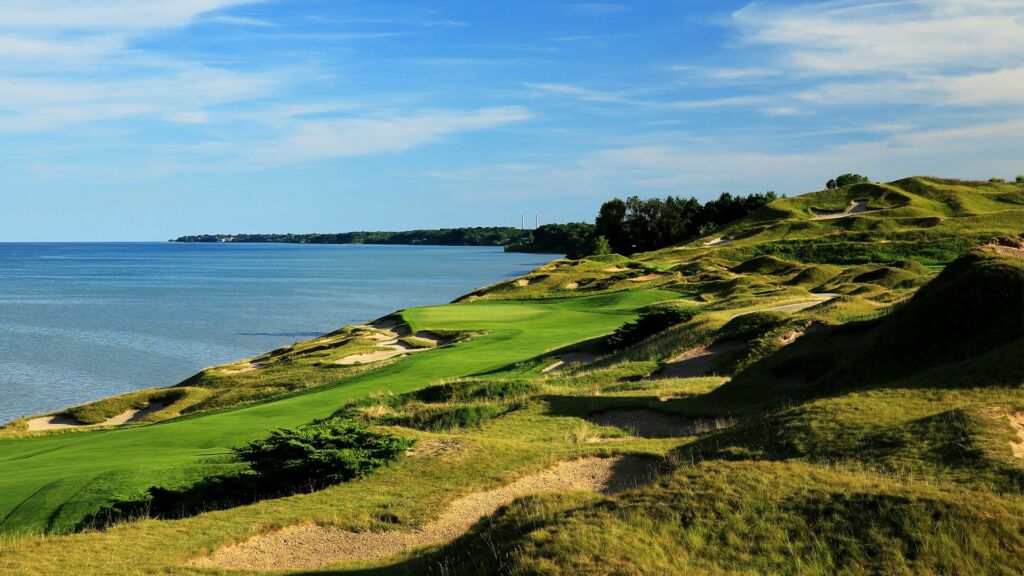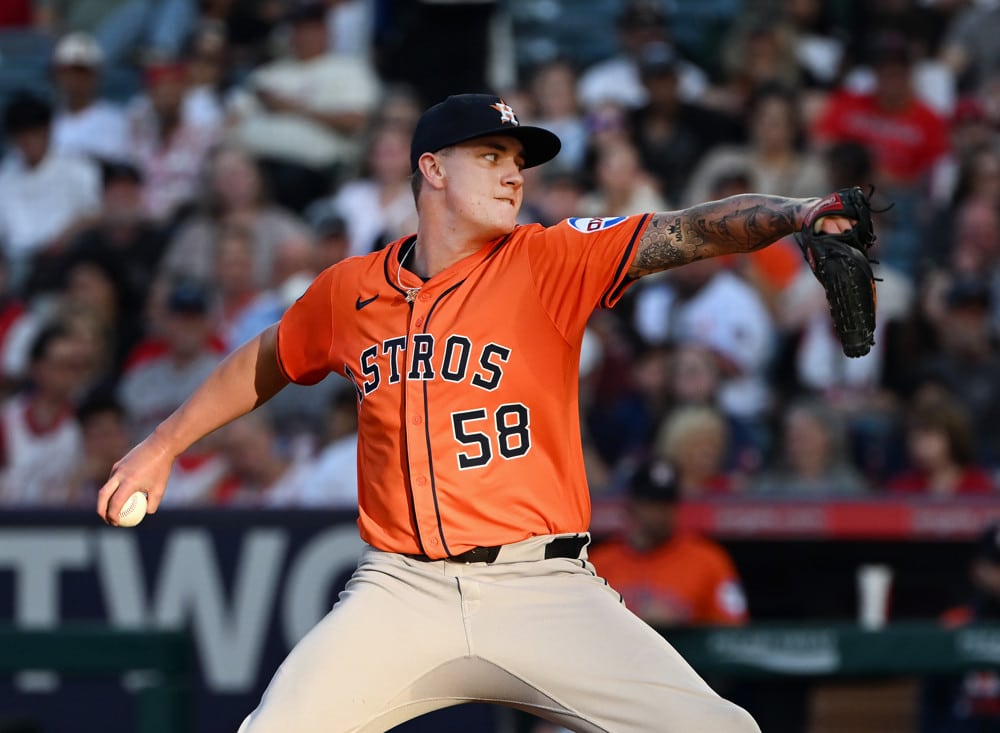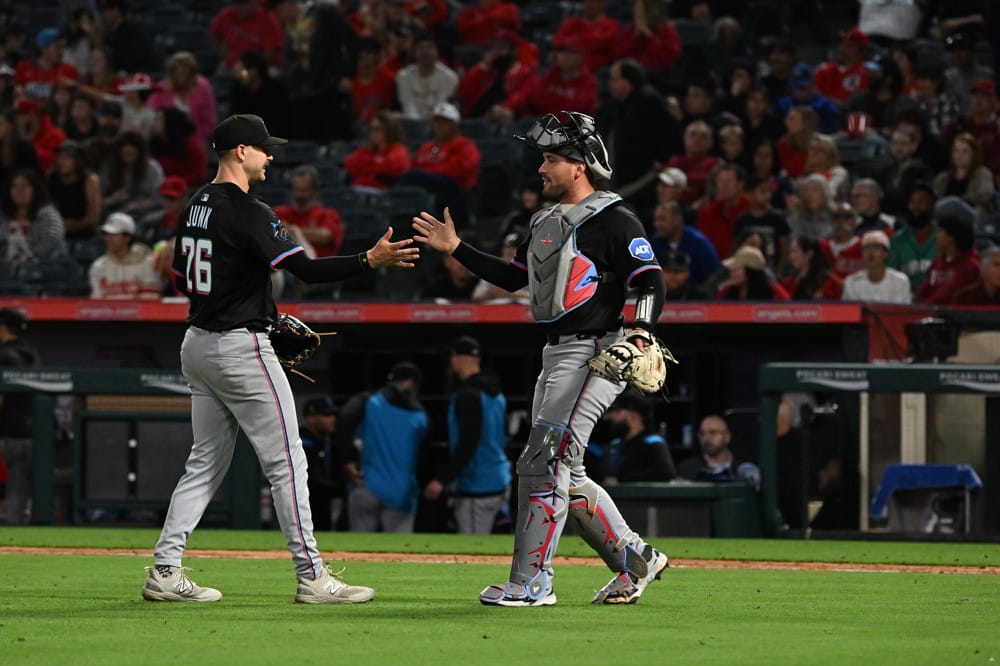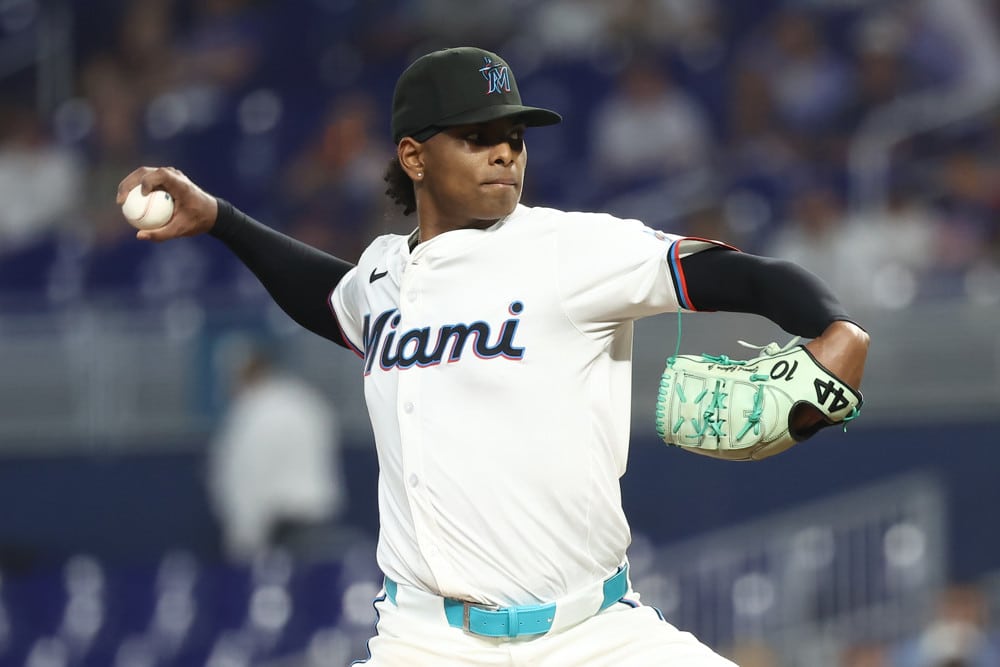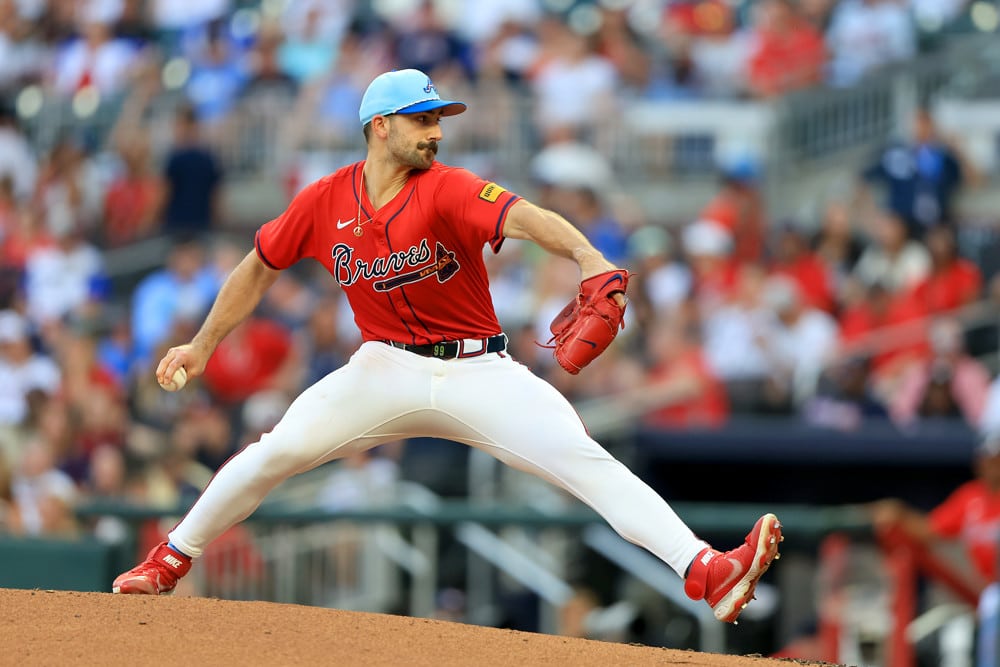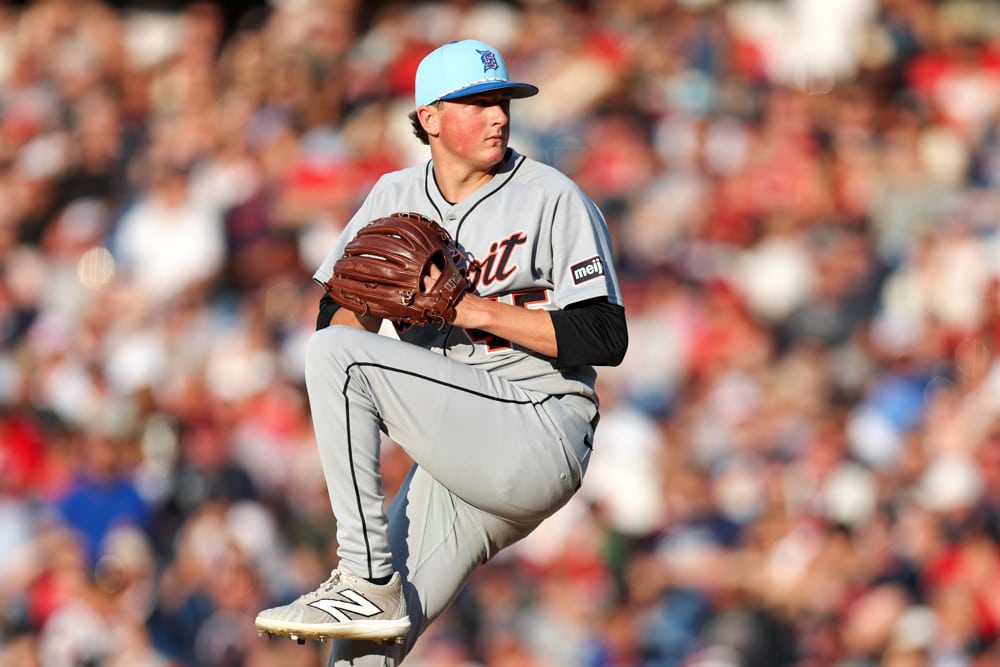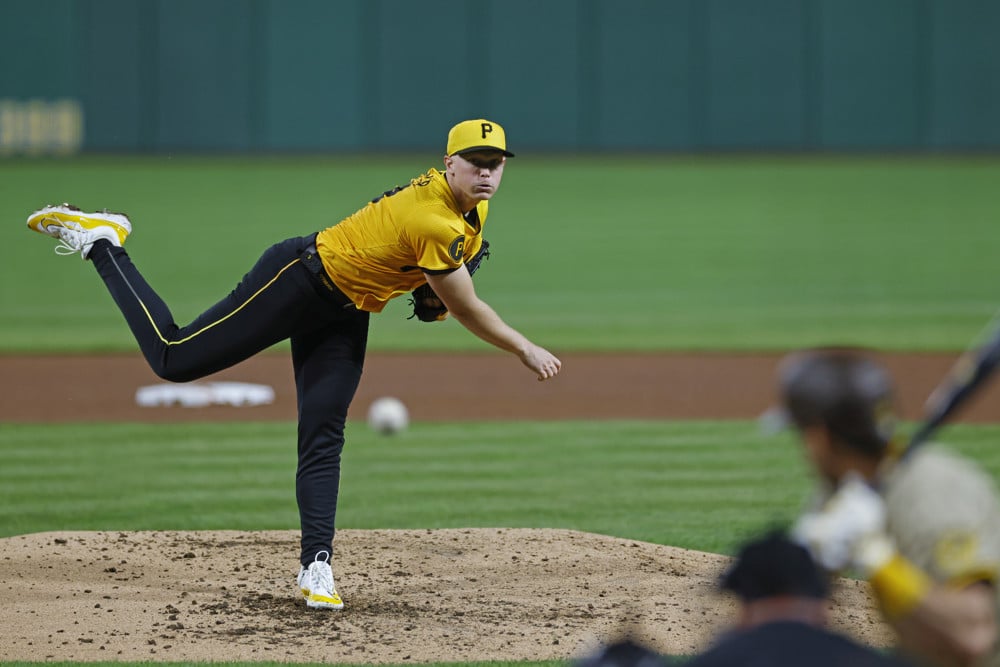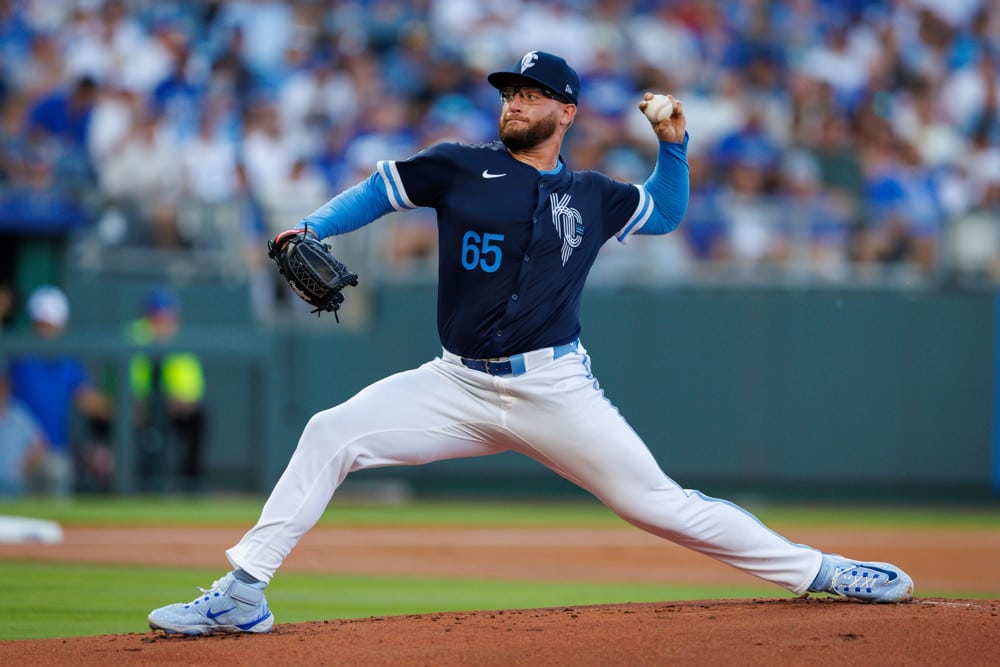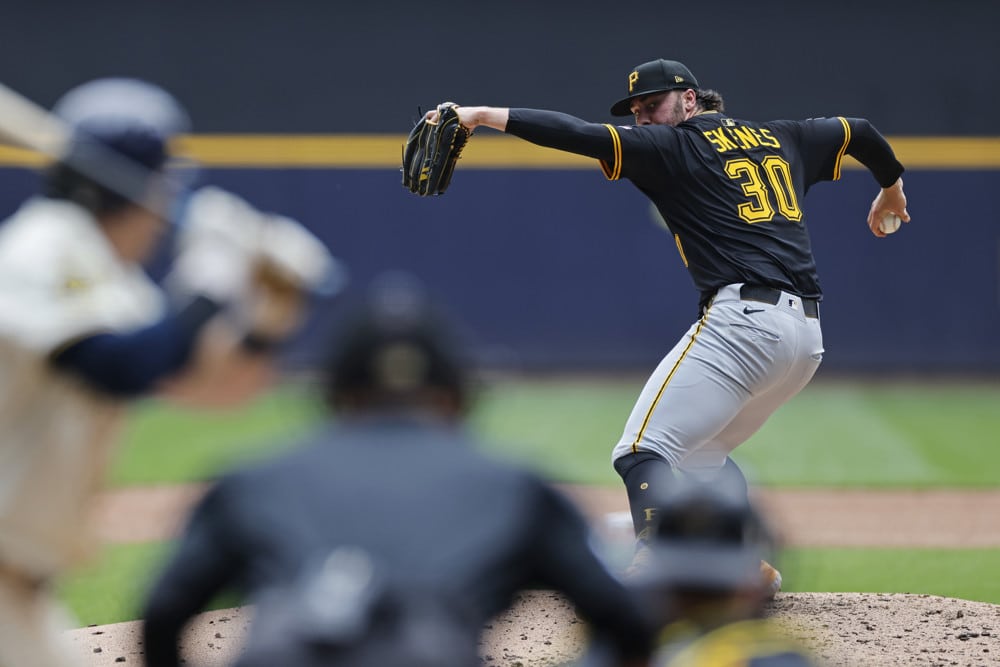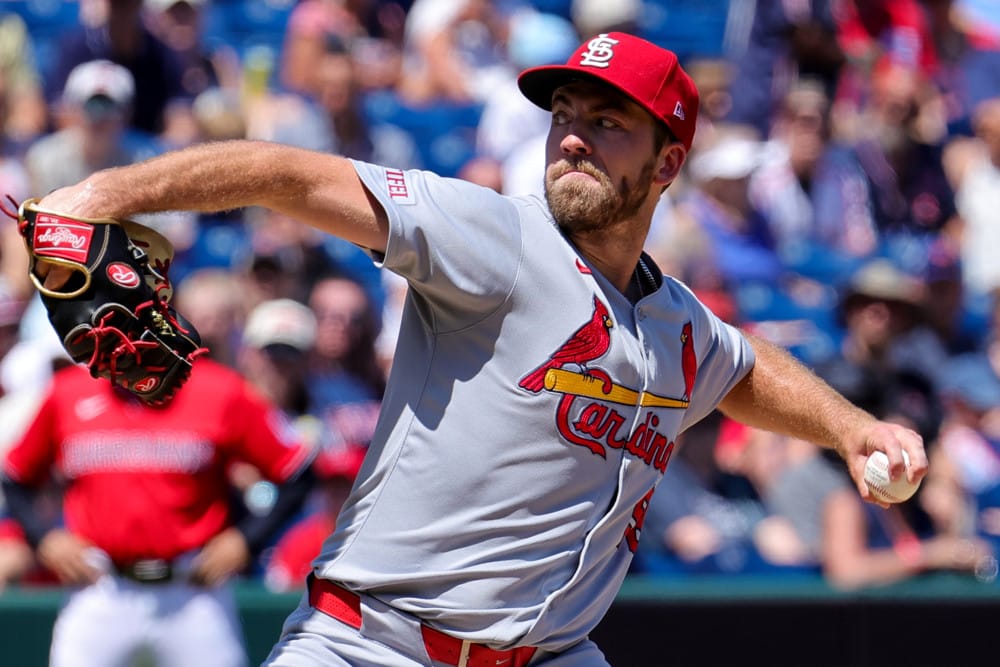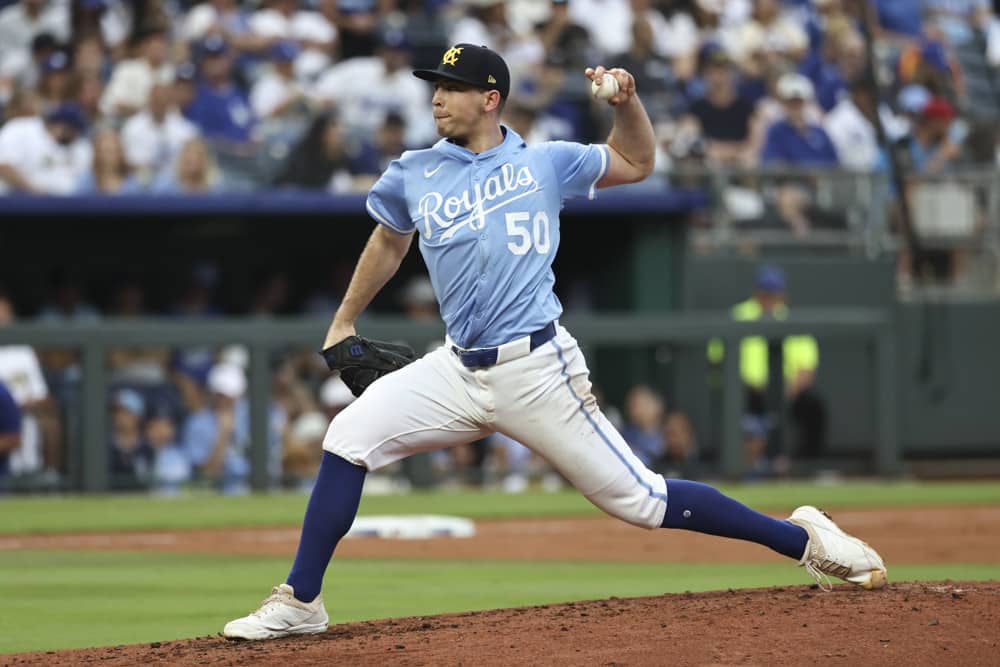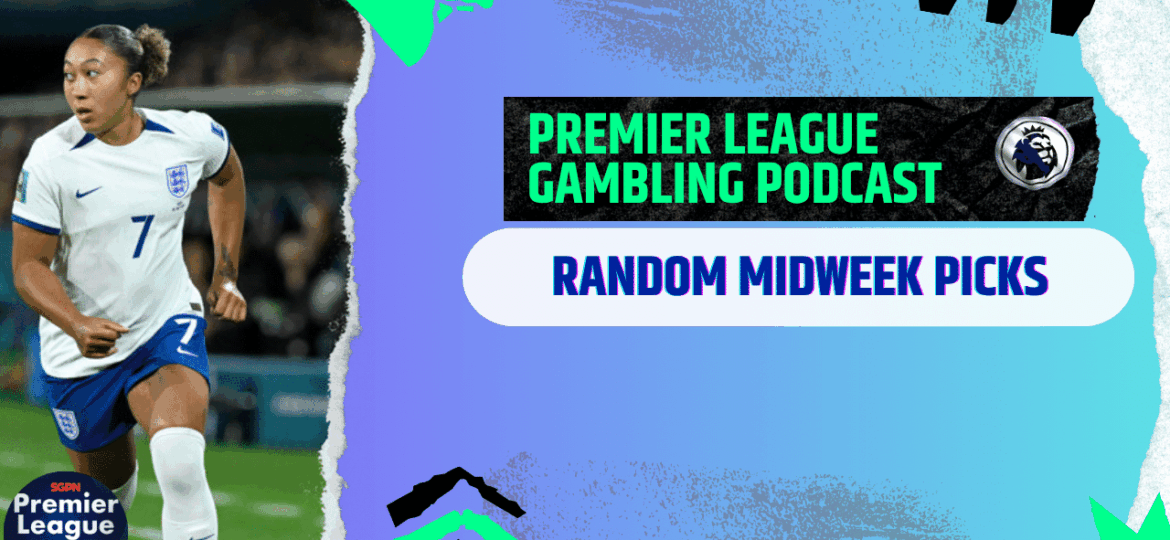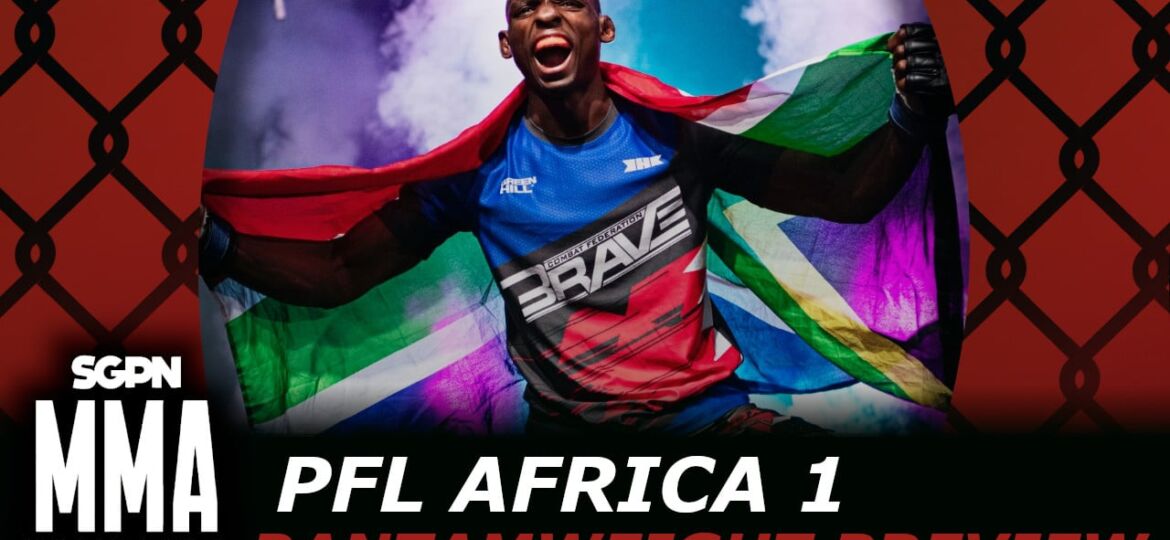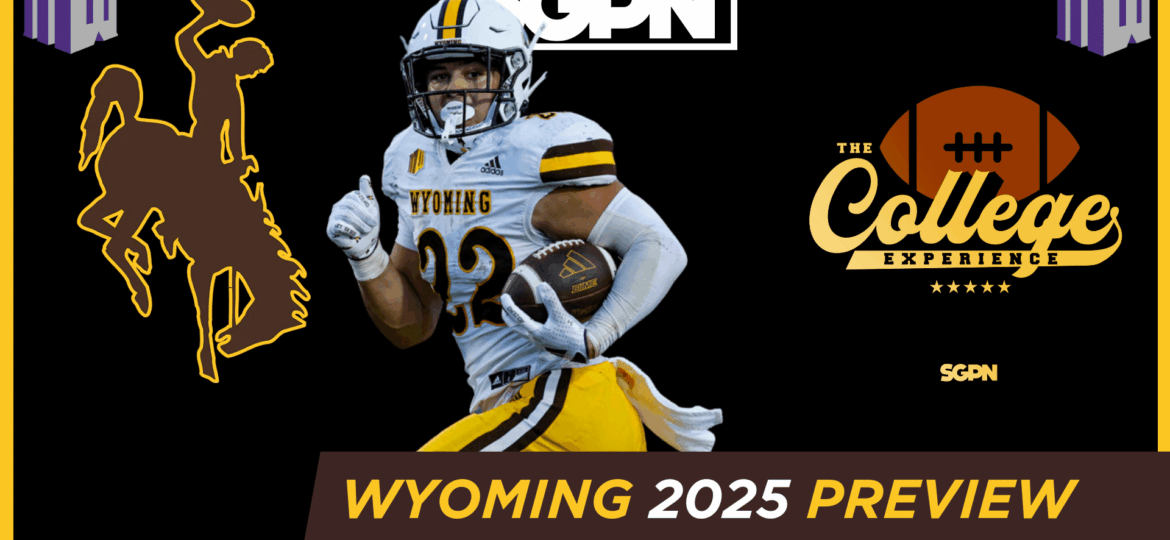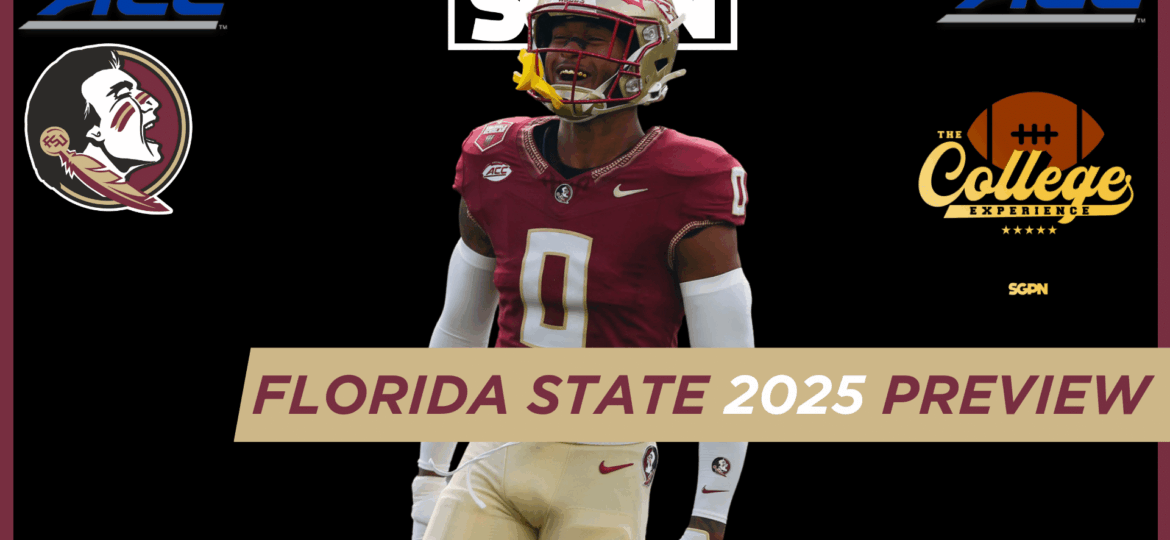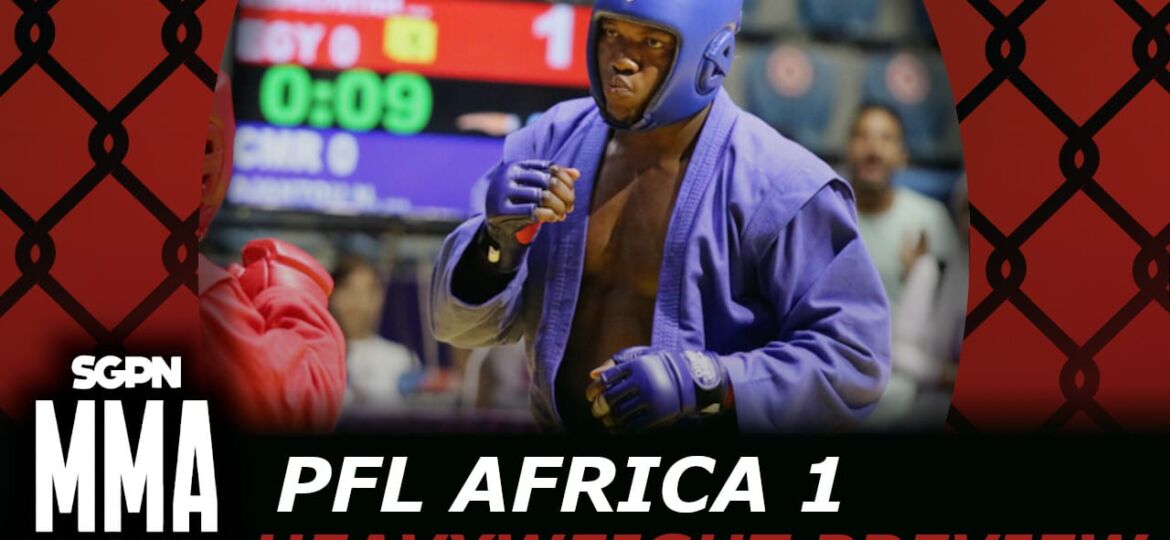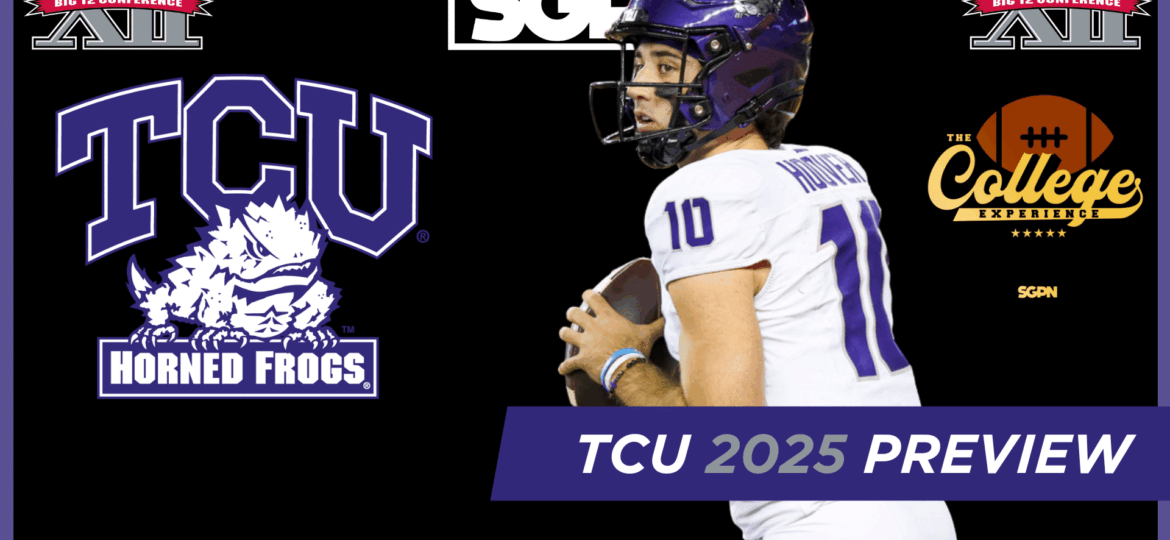On Monday morning, the golf governing bodies released a statement outlining a revised schedule to reboot the golf season, with the most notable changes coming for the majors and the PGA Tour. While this provides some much needed optimism for golf fans, it still remains to be seen if these plans are actually feasible given the many unknown variables about the virus that scientists, health experts and the pertinent decision makers face every day. We live day by day dealing with COVID-19 that expectations for what the next two weeks will bring changes daily. You’d have better luck trying to hit a hole in one with 1,000 golf balls than trying to accurately predict when sports will return in our country.
But instead of taking this with a grain of salt, let’s take this report as face value and analyze all the implications that the new schedule has on the tournaments, both from a gambling perspective and logistical perspective of what we should expect from each tournament.
Here’s a rundown of all the impacts the new schedule has for the golf world, assuming it all goes perfectly to plan.
The Open Championship
Status: Cancelled
Let’s get the bad news out of the way first with the press release. The R&A decided to cancel the tournament outright instead of look for a date later on in the year to hold the tournament. Royal St. George’s will instead host the 149th Open Championship in 2021, with all future venues for the event pushed back at year. That also means that the 150th Open Championship will remain to be played at St. Andrews but with a new 2022 date.
While the other golf governing bodies sought to postpone and reschedule their majors to a later date, the R&A reportedly had a rider in their event cancellation insurance policy for pandemics, which is not a standard rider normally given for these types of contracts. It was reported that in order to file a claim, however, the R&A had a set deadline to cancel the event outright to recoup on the policy. Instead of going past the cancellation period and risking that the United Kingdom would still be in a condition where holding an international golf tournament was not possible, the R&A decided to cancel the event outright to likely file a claim with their insurance agency.
There was a way that the R&A could feasibly hold an Open Championship in the fall despite the shortening of the days on the British Isle. They could do a tournament similar to the Alfred Dunhill Links Championship, which is a European Tour Pro-Am event held across St. Andrews, Carnoustie and Kingsbarns in October annually. While the weather can be quite cold around that time, because the fields are spread out across three golf courses there is always plenty of daylight available to get the rounds in before a 54 hole cut trims the field for the final round at St. Andrews.
There are several Open Championship worthy venues clustered around each other to make this happen. Here’s some of the options:
- Fife, Scotland – St. Andrews, Carnoustie, Kingsbarns (the standard Alfred Dunhill Links Championship Roto)
- Gullane, Scotland – Muirfield Golf Club, The Rennaissance Club, Gullane Golf Club: Muirfield has hosted the Open Championship 16 times and is on much better terms with the R&A now that they allow women at the club. The Rennaissance and Gullane Golf Clubs have hosted the last two Scottish Opens.
- Troon, Scotland – Royal Troon and Dundonald Links: Royal Troon has hosted nine Open Championships and Dundonald hosted the 2016 Scottish Open, along with several senior and women’s professional events. While it would be tough logistically to get there, Turnberry could also be used as a third option if needed for the rotation.
- Merseyside & Lancashire – Royal Lytham St. Annes, Royal Birkdale, Royal Liverpool: All three are part of the Open Championship rotation.
All those scenarios of an Open Championship spread out over multiple golf courses are just the rantings and ravings of a lunatic blogger. Instead, the R&A opted for the safety net of their insurance policy and will try it again next year.
Gambling Implications – Gamblers have a full extra year to study Royal St. George’s and examine what types of golfers would play well there.
READ ALSO
March Madness simulation
European Tour
Status: TBD
The big news from the European Tour in the joint press release is that there was no news. The European Tour announced that it was still reviewing its options with various scenarios to try and reschedule it’s 2020 tournaments, and that an announcement would come at a later date.
Translation – we’re getting the short end of the stick and while we’re keeping a happy face for our sponsors, and we’re in a really tough spot.
Gambling Implications – If somehow you can convince your local bookie to offer you a prop on when the European Tour will host its first event, take the over all the way up until November 1st. The European Tour is the low man on the totem pole in terms of scheduling because all its star players will prefer to play the PGA Tour and majors if asked. It’s possible the European Tour could try and stage its Race For Dubai playoffs after the Masters in November (more on this in a bit), but there are a lot of logistics it would need to work out in terms of points, awarding new European Tour cards, etc.
Long story short, I’m not holding my breath for a return of the European Tour anytime soon. I’d say there’s just as good a chance they scrap the season altogether and keep current eligibility in place for 2021 than there is to try and salvage a 2020 season.
PGA Tour
Status: TBD
The PGA Tour is still maintaining its stance that they will be ready to go to restart the PGA Tour in mid-May with The Charles Schwab Challenge at Colonial, while adding in this press release that they’ll look to add any previously cancelled PGA Tour events in the vacated spots left open from the U.S. Open, the Open Championship and the Olympics. To that I reply with…
Considering all the moving parts needed to hold a professional event on a golf course, including infrastructure needs and course maintenance, the idea that the PGA Tour is going to restart in mid-May seems very aspirational. Many of these golf courses are either closed or open with limited capacity and enacted social distancing guidelines. It’s hard to imagine things will be relaxed enough to entertain the thought of 144 professionals competing on a golf course, even without fans.
But let’s stay in a positive mindset and assume that the PGA Tour will restart at Colonial on May 21st and continue through with the schedule currently in place. There’s three mystery dates on the schedule that will need to be filled. Here’s my guesses on what it could be:
- June 18th-21st: The Players Championship. This may be the easiest one for the PGA Tour to theoretically restart. All the infrastructure is likely still in place on the golf course, and the PGA Tour will be hellbent to do whatever it takes to shoehorn their flagship event into this Frankenstein Schedule they’ve created. It’ll be hot as hell and Florida enters one of the rainiest seasons on the calendar, but they’ll have to make due.
- July 16th-19th: WGC Match Play. Another cash grab opportunity for the PGA Tour with a WGC full of the biggest stars in the game. It’s also far enough away from the PGA Championship to still entice big names to show up. Like the Players Championship, the summer climate in Austin, TX is not very ideal for golf, but money speaks volume in these tough times.
- July 30th-August 2nd: Valero Texas Open. With this date a week before the PGA Championship, it already was going to be an event that suffered in terms of star power. But AT&T is a major sponsor of both this event and of the PGA Tour and has ties to many big named players that’ll force them to at least show up. Once again, the PGA Tour gravitates to the dollar sign despite brutal summer heat in Texas.
The other big news of the press release is that the PGA Tour pushed back its final stretch from the Wyndham to the FedEx Playoffs one week, meaning that the season will now end Labor Day weekend.
Gambling Implications – Assuming everything goes to plan, there aren’t many significant gambling implications to the changes that bettors would want to pay attention to. If the Players was held in June, it won’t have the overseed we saw in March and it’ll have wall to wall bermudagrass. It would play more like it did when the event was held in May for years, which would change how a bettor approaches the tournament. Otherwise, most of these rescheduled tournaments would play exactly how they would otherwise and bettors should not change their approach to handicapping how the golf course would play.
But like my sentiments about the European Tour, I’m very skeptical these plans will come to fruition. I think we’d be lucky to see only three events before the PGA Championship in early August, which would be held on the vacated dates. If that’s the case, bank on the PGA Tour trying to shoehorn the Memorial (Jack Nicklaus’s event), the Players Championship and the WGC FedEx St. Jude Classic in these three dates.
Even that is probably overly optimistic.
PGA Championship
Status – August 6th – 9th at TPC Harding Park in San Francisco, CA
This is the first event that I think has odds as good as a coin flip to actually happen on this date. Because of the early measures taken by the city of San Francisco, Bay Area cases of coronavirus are beginning to subside. While the Governor of California still urges caution not to be optimistic and still thinks that sports will not return to the Bay Area until at least September, there’s signs for optimism that this event may go on. There likely will be no fans on the golf course, but if things continue to improve there’s enough time to plan for all the logistics of holding this event and televising it on CBS.
In 2013, TPC Harding Park underwent a renovation to replace the existing Poa Annua grass with Bentgrass. Temperatures in the Bay Area remain relatively cool even during summer months, with average temperatures in the upper 60’s and is ideal for keeping bentgrass surfaces healthy. After the renovations, the golf course held the 2015 WGC Match Play, which was won by Rory McIlroy over Gary Woodland.
I had some concerns of how easy the golf course could play if the event was held in May. For starters, it’s only 7,169 yards long, making it one of the shorter PGA Championship setups in recent memory. In addition, there just aren’t a whole lot of teeth in the golf course. Unless they pinch in the rough and grow it out there’s a lot of room off the tee to navigate, and in May the golf course would have received a tremendous amount of rain in the weeks leading up to the event. The golf course would play very soft, which means players can fire at pins with shorter clubs onto soft greens and play dart golf. In May, I’d expect the winning score to be at least high teens under par with a shot to break -20 by the end of the weekend.
But the move to August suddenly gives the PGA of America an opportunity to throw a much more difficult setup at the players. Much like Pebble Beach to the south, the Bay Area sees very little rainfall during the summer months which could turn TPC Harding Park from slow and soft to fast and firm. Suddenly there’s premium to hit fairways at TPC Harding Park as anything in the rough would make it difficult to hold the green given how much firmer it was. Scrambling may also be a more important factor for success given how difficult it could be to keep balls on the green. While a player like Bryson DeChambeau and Jon Rahm could have an all world driving week by hitting everything long and straight, a higher variety of players would be brought into the mix for the win.
Gambling Implications – Unless the PGA of America decides to douse the golf course with water or the golf course is shrouded with fog or a marine layer all weekend, we could see a more difficult fast and firm setup that’ll breed a leaderboard full of variety. It also could create some separation at the top of the leaderboard as a handful of players often break away from the pack because of how well they’re playing on more difficult and demanding conditions. The firm and fast conditions might also favor a player more of a European or Australian mold that are used to firmer bentgrass putting surfaces and are more used to bouncing the ball up close to the hole.
Looking over the current odds of the PGA Championship, here are a few that stick out to me based on how I think the golf course will end up playing in August:
- Patrick Cantlay – 28/1: Excels on bentgrass surfaces and has a great balance of long and straight off the tee. If the putter gets hot he could run away from the field.
- Bryson DeChambeau – 33/1: He was probably my pick to win this event if it were held in May because of how he’s now one of the better bomb and gougers on the PGA Tour. He still could theoretically do that on a firm and fast TPC Harding Park if he had a great driving week. When the PGA Tour stopped his ball striking numbers tee-to-green were off the charts, which means he could probably win on any golf course you threw at him at the time.
- Webb Simpson – 33/1: His deficiencies with length would be mitigated at TPC Harding Park, which means his all world iron play, scrambling and putting would shine.
- Sungjae Im – 50/1: Like Cantlay, Sungjae possesses a great balance of length and accuracy tee-to-green and was one of the most balanced players in the game before the PGA Tour was paused.
- Tyrrell Hatton – 80/1: Excelled on a firm and fast Bay Hill leading up to the Players Championship and is used to playing on slow but firm bentgrass putting surfaces that TPC Harding Park offers.
U.S. Open
Status – September 17th – 20th on the West Course at Winged Foot Golf Club
The USGA announced that it will retain Winged Foot as the host of the 2020 U.S. Open, however it would move to mid-September to stage the tournament. No plans yet as to how and where they’ll stage local and sectinoal qualifying, however I expect an announcement to come soon for that.
The move to September presents some challenges from the USGA. For one, sunlight becomes a precious commodity in mid-September as the sun sets around 6:55 PM. In addition, September is one of the wettest months in the Northeast and the tournament could see some delays if the weather doesn’t cooperate. A possible remedy to this would be to use both the West and East courses, however per Eammon Lynch on the Shotgun Start podcast he confirmed that while the West Course will only be used the USGA will reduce the field to 144 to help with daylight concerns. That’s still a pretty dicey proposition if there are any rain delays, and we could see the tournament drag on much like the 2009 U.S. Open at Bethpage Black did.
Like TPC Harding Park, the golf course is comprised of bentgrass, and the cooler and wetter September climate is more than conducive for the turf to be plenty healthy for the tournament. The hope for a Winged Foot U.S. Open in June was that it would play as firm and fast as it did when it was held there in 2006. That year the winning score was +5 with tight firm fairways and lush rough eagerly awaiting errant shots. But if the golf course receives a significant amount of rain in the weeks leading up to or during the U.S. Open, the golf course is going to play both long and slow. It’ll probably play much like Bethpage Black did for the 2019 PGA Championship, a golf course that played with soft with narrow fairways and penal rough. Winged Foot, however, offers much more difficult greens to putt on.
Gambling Implications – Given that a September Winged Foot will likely play much longer and slower than it would a June one, the type of golfer to target becomes someone who hits it long and straight and can hack out of penal rough with a short iron. This was the recipe for success at Bethpage Black last year when Brooks Koepka and Dustin Johnson finished 1-2 on the leaderboard, so the players bettors would want to target are typical bomb and gougers or players who excel off the tee. In addition, softer greens conditions will place a higher premium on iron play and make it much easier to land balls closer to the hole than it would if the golf course played firm.
Looking over the current odds of the U.S. Open, here are a few that stick out to me based on how I think the golf course will end up playing in September:
- Justin Thomas – 20/1: Thomas has enough length and accuracy off the tee to put himself in great positions in the fairways to fire at soft greens should the golf course receive a significant amount of moisture in the weeks leading up to the tournament. Thomas was leading the PGA Tour Money List when the season ground to a halt, and if he picks up where he left off he could secure his second major at Winged Foot.
- Patrick Cantlay – 22/1: Like Thomas, Cantlay possesses a great mix of power and accuracy and has great history on bentgrass surfaces.
- Bryson DeChambeau – 28/1: As mentioned earlier, DeChambeau’s ball striking numbers were off the charts before the pause in the season and he could bomb and gouge Winged Foot much like Brooks Koepka did to Bethpage Black.
- Tommy Fleetwood – 40/1: Fleetwood is a favorite for the bettors and I expect these odds to be in the 20’s 0r 30’s by the time the event rolls around, so this is a good price for him. Fleetwood’s game suits a U.S. Open setup and he excels on golf courses that demand both length and accuracy off the tee.
- Tony Finau – 50/1: Solid history on bentgrass and excels on driver heavy golf courses that puts a premium of length.
- Erik Van Rooyen – 200/1: Driving is the best part of his game as the tall South African is one of the longest hitters on the European Tour. Has proven the last two years he can compete with the game’s best with good showings at WGC Mexico and the 2019 PGA Championship at Bethpage Black, a comparable golf course to what we may see at Winged Foot in September.
2020 Ryder Cup
Status – September 25th – 27th at Whistling Straits
The Ryder Cup announced it would keep its place on the schedule and still play at Whistling Straits in Wisconsin. So nothing has changed for the highly anticipated showdown between Europe and the United States.
There’s still a question about how the teams will be picked given such a disruption in both the PGA Tour and European Tour schedules. There’s rumors that both the PGA of America and the R&A will scrap the traditional points system and do 12 Captains Picks each. One person who hopes this doesn’t happen is Patrick Reed, who should comfortably qualify for the event on points given how well he played early in 2020 but would surely be left off the team if it was picked via Captains Picks given his jackass antics over the last two years.
Gambling Implications – No significant changes for a bettor other than finding out how the teams will be picked. Regardless, I expect the PGA of America to set up Whistling Straits to be a very favorable one for the Americans. This means wide fairways, little rough and soft greens to give long hitting Americans who play a high spin ball to go flag hunting an advantage. Currently the Americans are around -140 to win the 2020 Ryder Cup.
The Masters
Status – November 12th-15th at Augusta National Golf Club
Rumors had swirled for months of a Fall Masters, and this was finally confirmed when Augusta National announced that the 2020 Masters would take place in mid-November. While fans will not see the azaleas lining the fairways of the 13th, they should see brilliantly vibrant fall foliage of red, yellow and orange in the trees. Like always, Augusta National will look absolutely breathtaking.
November is actually a fantastic spot on the calendar to hold The Masters at Augusta National. By then, the temperatures are cool enough to allow the course to maintain a healthy bentgrass playing surface. I had concerns that any Masters held before November might mean the golf course would be forced to have bermudagrass turf, but there should be ample enough time for Augusta National to get the golf course in tournament conditions quite similar to if it were held in April.
As with every Masters, the weather generally dictates how Augusta National plays. Tournaments played with little wind, warm temperatures, and high humidity often favor longer hitters and premium ball strikers where the winning score settles double digit under par. And anytime the golf course gets moisture tends to take the teeth out of it, even with the sub-air systems underneath the greens.
When the temperature turns cooler, the wind is up, and the course has little moisture it plays much tougher. While premium ball striking remains important, scrambling becomes a much more important attribute to success because of how difficult it is to hold greens in the firmer conditions. In addition, average scores at Augusta National when the temperature is below 75 degrees is about 1 stroke higher than when temperatures are above 75 degrees. Granted there are many other factors at play, but as a general rule of thumb Augusta National plays harder when it’s cold.
In November, the average high temperature at Augusta National is usually in the upper 60’s and November is one of the driest months of the year for the area. That means we should see an Augusta National where par might be a very good score and keep the winning score in the single digits under par. Depending on how much wind the golf course gets, we could see a Masters that resembled 2007 where temperatures struggled to get out of the 50’s and the wind wrecked havoc on the players. That year, Zach Johnson won the tournament with a winning score of +1.
The only other intrigue about a November Masters is who will have the television rights. Augusta National owns all the broadcast rights of the Masters and has a rolling one year contract with CBS to air the tournament. While the terms of the television contract aren’t known, allegedly at the end of the tournament CBS sends Augusta National an invoice for the production costs, and both Augusta National and the primary sponsors (AT&T, IBM, etc.) cover the cost. Neither CBS or Augusta National make any money off the event from television rights.
The November date for the Masters means that it’ll fall smack dab in the middle of the football season. CBS shells out millions and millions of dollars in television rights for both SEC Football on Saturday and the NFL on Sunday. Considering they reportedly make no money off airing the Masters, would they be willing to forego an entire weekend of football to both eat the cost of the television rights as well as forego millions and millions of dollars in advertising revenue?
On the flip side of the coin, if CBS comes back and says to Augusta National “we’ll broadcast the tournament over the weekend, but it’ll have to be on CBS Sports Network”, would the club be willing to do that with how deeply they care about the presentation of the tournament and put the tournament on a channel that some cable companies don’t even carry for subscribers?
Reading the tea leaves of the article I linked above, it sounds like Augusta National could technically do whatever it wants for the broadcast. It may be in both Augusta National’s and CBS’s interest for the weekend television coverage to go to someone else. It likely means that either ESPN will carry all four rounds of the tournament or maybe NBC carries the coverage for the weekend. While I would miss hearing Jim Nantz on the call, I would enjoy hearing either Scott Van Pelt, Mike Tirico or even Al Michaels call the winning putt on the 18th green on Sunday.
Gambling Implications – A lot depends on how the weather shapes up for the week, but I think we can expect a Masters with cooler temperatures that plays very fast and firm. Unless the golf course gets a material amount of rain in the weeks leading up to or during the week of the Masters, the types of players to target would be good iron players who excel in tough conditions, as well as good scramblers and putters on fast bentgrass surfaces. Past leaderboards that may be similar to the one we’ll see at a November Masters include 2017, 2016, 2014, 2012, and 2007.
Looking over the current odds of the Masters, here are a few that stick out to me based on how I think the golf course will end up playing in November:
- Dustin Johnson – 16/1: Appeared to either be rusty or still injured after his off-season knee surgery early on the PGA Tour schedule. The break could be beneficial to get him physically right and has several close calls at the Masters, including in years that featured tough scoring conditions. Would like these odds to come down a bit before betting on him.
- Adam Scott – 28/1: Great history at Augusta National and excels on cooler firm and fast conditions. Won at Riviera in February, which is a golf course that elevates similar attributes of a golfer needed to play well at Augusta National.
- Jordan Speith – 28/1: I’m not a fan of these odds and would like these to come down before I bet him, but there’s a long way between now and November for him to work out the ails of his game. This forced layoff to keep him off the golf course or practice facilities might end up being good for him, and a cooler firm and fast Augusta National plays to all of his strengths assuming he’s worked out the kinks.
- Webb Simpson – 40/1: A tougher golf tournament that places a premium on iron play, scrambling and putting sounds a lot like one Webb Simpson would excel at. This price is probably a little too low than where it should be.
- Matt Kuchar – 50/1: Has several close calls at Augusta National over the years and has played better in years where Augusta National has tougher scoring conditions.
- Lee Westwood – 80/1: Has revitalized his career and would fare well at a Masters where par would be a good score. A premium ball striker and great scrambler that would keep him in the mix in tough conditions.
READ ALSO
March Madness simulation


